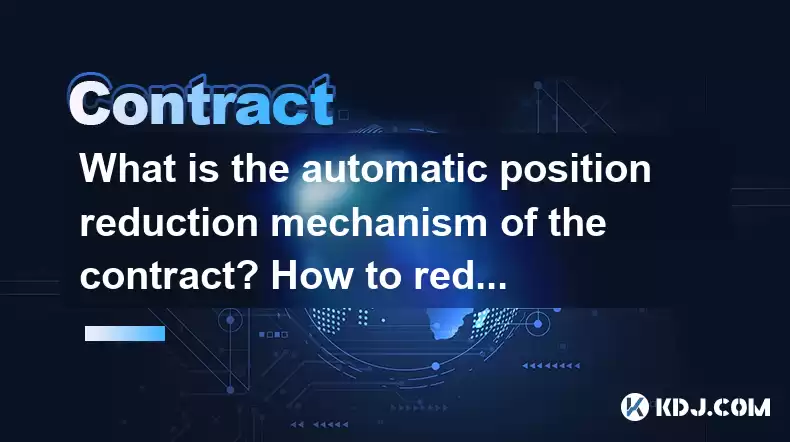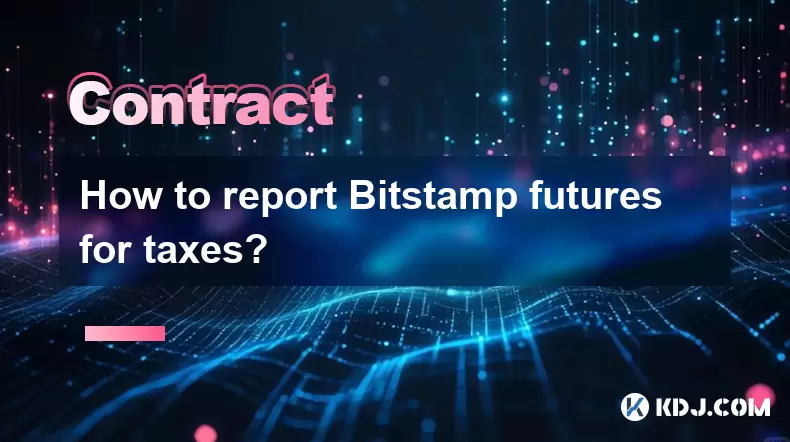-
 Bitcoin
Bitcoin $115200
0.71% -
 Ethereum
Ethereum $3716
6.25% -
 XRP
XRP $3.076
5.28% -
 Tether USDt
Tether USDt $0.0000
0.00% -
 BNB
BNB $766.7
1.87% -
 Solana
Solana $168.5
4.16% -
 USDC
USDC $0.9999
0.00% -
 TRON
TRON $0.3326
1.79% -
 Dogecoin
Dogecoin $0.2093
5.14% -
 Cardano
Cardano $0.7543
4.02% -
 Stellar
Stellar $0.4147
4.43% -
 Hyperliquid
Hyperliquid $38.59
0.71% -
 Sui
Sui $3.594
4.51% -
 Chainlink
Chainlink $17.13
5.12% -
 Bitcoin Cash
Bitcoin Cash $558.9
2.49% -
 Hedera
Hedera $0.2519
1.51% -
 Avalanche
Avalanche $22.91
7.05% -
 Ethena USDe
Ethena USDe $1.001
0.00% -
 Litecoin
Litecoin $120.3
10.01% -
 Toncoin
Toncoin $3.419
-4.46% -
 UNUS SED LEO
UNUS SED LEO $8.921
-0.34% -
 Shiba Inu
Shiba Inu $0.00001249
2.39% -
 Uniswap
Uniswap $9.944
8.41% -
 Polkadot
Polkadot $3.728
3.18% -
 Monero
Monero $308.0
1.78% -
 Dai
Dai $0.9998
-0.02% -
 Bitget Token
Bitget Token $4.389
1.58% -
 Pepe
Pepe $0.00001075
2.71% -
 Cronos
Cronos $0.1397
6.39% -
 Aave
Aave $269.7
3.95%
What is the automatic position reduction mechanism of the contract? How to reduce the risk of being reduced?
Understanding the automatic position reduction mechanism is crucial for traders to manage risk and minimize losses in cryptocurrency futures trading.
Apr 28, 2025 at 01:42 am

The automatic position reduction mechanism in cryptocurrency futures contracts is a critical feature designed to manage risk and maintain the stability of the trading platform. This mechanism comes into play when a trader's account balance falls below the required maintenance margin. Understanding this process is crucial for traders to manage their positions effectively and minimize potential losses.
What is the Automatic Position Reduction Mechanism?
The automatic position reduction mechanism, often referred to as a liquidation, is a process where a trading platform automatically closes a trader's position to prevent further losses when their account balance drops below a certain threshold. This threshold is typically the maintenance margin, which is a minimum amount of equity that must be maintained in the account to keep the position open. If the account balance falls below this level, the platform will initiate a liquidation to protect both the trader and the platform from further financial risk.
How Does Automatic Position Reduction Work?
When a trader's account balance approaches the maintenance margin, the platform will issue a margin call, alerting the trader to deposit more funds or reduce their position size. If the trader fails to act, and the account balance continues to decline, the platform will automatically start reducing the position. This process involves selling off the trader's assets at the current market price until the account balance is restored to a level above the maintenance margin.
The exact mechanics of the reduction can vary between platforms, but the general principle remains the same. The platform will execute trades to close out the position, often at a loss, to bring the account back into compliance with the margin requirements. This action is taken to prevent the account from going into a negative balance, which could lead to further financial instability.
Factors Leading to Automatic Position Reduction
Several factors can lead to an automatic position reduction. The most common is a significant adverse move in the market that causes the value of the trader's position to drop rapidly. Other factors include high leverage, which amplifies both gains and losses, and insufficient account balance to cover potential losses.
Traders should be aware of these factors and monitor their positions closely, especially in volatile markets. Understanding the market conditions and the potential impact on their positions can help traders take proactive steps to avoid automatic position reduction.
Strategies to Reduce the Risk of Being Reduced
To minimize the risk of being subjected to an automatic position reduction, traders can adopt several strategies. One effective approach is to use stop-loss orders, which automatically close a position when the market reaches a certain price level, limiting potential losses.
- Set Stop-Loss Orders: Determine a stop-loss level based on your risk tolerance and the volatility of the asset. Place the stop-loss order at this level to ensure that your position is closed before it reaches the point of automatic reduction.
- Monitor Margin Levels: Regularly check your account balance and margin levels. If your balance approaches the maintenance margin, take action to either deposit more funds or reduce your position size.
- Use Lower Leverage: High leverage can lead to rapid losses. Consider using lower leverage to reduce the risk of your account balance falling below the maintenance margin.
- Diversify Your Portfolio: Spreading your investments across different assets can help mitigate the risk of a single position causing an automatic reduction.
- Stay Informed: Keep up-to-date with market news and events that could impact the price of your positions. Being informed allows you to make timely adjustments to your trading strategy.
Practical Steps to Implement Risk Reduction Strategies
Implementing these strategies requires careful planning and execution. Here are detailed steps to help you reduce the risk of automatic position reduction:
Setting Up Stop-Loss Orders:
- Log into your trading platform.
- Navigate to the open positions section.
- Select the position for which you want to set a stop-loss.
- Enter the desired stop-loss price level.
- Confirm the order to activate the stop-loss.
Monitoring Margin Levels:
- Regularly check your account balance and margin requirements on the platform.
- Set up alerts or notifications to warn you when your balance approaches the maintenance margin.
- If you receive an alert, immediately assess your position and decide whether to deposit more funds or reduce your position size.
Adjusting Leverage:
- Review your current leverage settings on the platform.
- Calculate the potential impact of lower leverage on your position.
- Adjust the leverage to a lower level that aligns with your risk tolerance.
- Confirm the changes to apply the new leverage setting.
Diversifying Your Portfolio:
- Analyze your current portfolio to identify concentration in specific assets.
- Research other assets that you believe have potential and align with your investment strategy.
- Allocate a portion of your funds to these new assets to spread the risk.
- Monitor the performance of your diversified portfolio and make adjustments as needed.
Staying Informed:
- Subscribe to reputable cryptocurrency news sources and market analysis platforms.
- Set up alerts for significant market events or news that could impact your positions.
- Regularly review market analysis and adjust your trading strategy based on the latest information.
Frequently Asked Questions
Q: Can I avoid automatic position reduction entirely?
A: While it's not possible to avoid automatic position reduction entirely, you can significantly reduce the risk by implementing the strategies mentioned above. Careful monitoring of your positions and proactive risk management are key to minimizing the likelihood of automatic reduction.
Q: What happens to my position if it is automatically reduced?
A: When your position is automatically reduced, the platform will close out your position at the current market price. This action is taken to bring your account balance back above the maintenance margin. Any remaining balance after the reduction will be credited to your account.
Q: How can I tell if my account is at risk of automatic position reduction?
A: You can monitor your account's risk of automatic position reduction by regularly checking your account balance and margin levels. Most trading platforms provide real-time data on your account status, and you can set up alerts to notify you when your balance approaches the maintenance margin.
Q: Is there a way to recover from an automatic position reduction?
A: After an automatic position reduction, you can recover by depositing more funds into your account or by adjusting your trading strategy to avoid similar situations in the future. It's important to review what led to the reduction and take steps to prevent it from happening again.
Disclaimer:info@kdj.com
The information provided is not trading advice. kdj.com does not assume any responsibility for any investments made based on the information provided in this article. Cryptocurrencies are highly volatile and it is highly recommended that you invest with caution after thorough research!
If you believe that the content used on this website infringes your copyright, please contact us immediately (info@kdj.com) and we will delete it promptly.
- Cryptocurrency, Altcoins, and Profit Potential: Navigating the Wild West
- 2025-08-04 14:50:11
- Blue Gold & Crypto: Investing Disruption in Precious Metals
- 2025-08-04 14:30:11
- Japan, Metaplanet, and Bitcoin Acquisition: A New Era of Corporate Treasury?
- 2025-08-04 14:30:11
- Coinbase's Buy Rating & Bitcoin's Bold Future: A Canaccord Genuity Perspective
- 2025-08-04 14:50:11
- Coinbase's Buy Rating Maintained by Rosenblatt Securities: A Deep Dive
- 2025-08-04 14:55:11
- Cryptos, Strategic Choices, High Returns: Navigating the Meme Coin Mania
- 2025-08-04 14:55:11
Related knowledge

Why is my Bitstamp futures position being liquidated?
Jul 23,2025 at 11:08am
Understanding Futures Liquidation on BitstampFutures trading on Bitstamp involves borrowing funds to open leveraged positions, which amplifies both po...

How to report Bitstamp futures for taxes?
Jul 30,2025 at 08:35am
Understanding Bitstamp Futures and Taxable EventsWhen trading Bitstamp futures, it’s essential to recognize that these financial instruments are treat...

Does Bitstamp offer inverse contracts?
Jul 23,2025 at 01:28pm
Understanding Inverse Contracts in Cryptocurrency TradingIn the realm of cryptocurrency derivatives, inverse contracts are a specific type of futures ...

What is the difference between futures and perpetuals on Bitstamp?
Jul 27,2025 at 05:08am
Understanding Futures Contracts on BitstampFutures contracts on Bitstamp are financial derivatives that allow traders to speculate on the future price...

How to find your Bitstamp futures trade history?
Jul 23,2025 at 08:07am
Understanding Bitstamp and Futures Trading AvailabilityAs of the current state of Bitstamp’s service offerings, it is critical to clarify that Bitstam...

Can I use a trailing stop on Bitstamp futures?
Jul 23,2025 at 01:42pm
Understanding Trailing Stops in Cryptocurrency TradingA trailing stop is a dynamic type of stop-loss order that adjusts automatically as the price of ...

Why is my Bitstamp futures position being liquidated?
Jul 23,2025 at 11:08am
Understanding Futures Liquidation on BitstampFutures trading on Bitstamp involves borrowing funds to open leveraged positions, which amplifies both po...

How to report Bitstamp futures for taxes?
Jul 30,2025 at 08:35am
Understanding Bitstamp Futures and Taxable EventsWhen trading Bitstamp futures, it’s essential to recognize that these financial instruments are treat...

Does Bitstamp offer inverse contracts?
Jul 23,2025 at 01:28pm
Understanding Inverse Contracts in Cryptocurrency TradingIn the realm of cryptocurrency derivatives, inverse contracts are a specific type of futures ...

What is the difference between futures and perpetuals on Bitstamp?
Jul 27,2025 at 05:08am
Understanding Futures Contracts on BitstampFutures contracts on Bitstamp are financial derivatives that allow traders to speculate on the future price...

How to find your Bitstamp futures trade history?
Jul 23,2025 at 08:07am
Understanding Bitstamp and Futures Trading AvailabilityAs of the current state of Bitstamp’s service offerings, it is critical to clarify that Bitstam...

Can I use a trailing stop on Bitstamp futures?
Jul 23,2025 at 01:42pm
Understanding Trailing Stops in Cryptocurrency TradingA trailing stop is a dynamic type of stop-loss order that adjusts automatically as the price of ...
See all articles

























































































